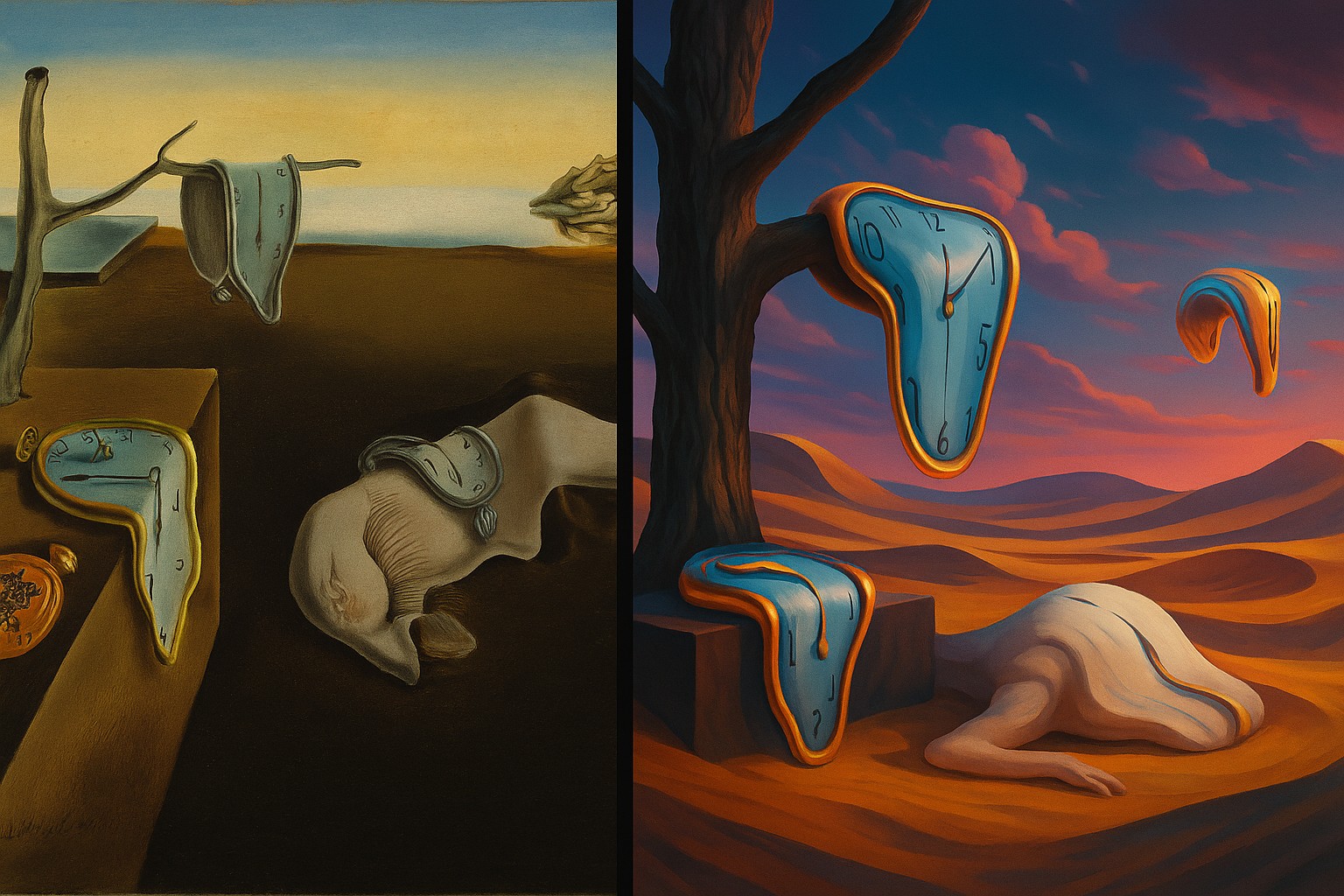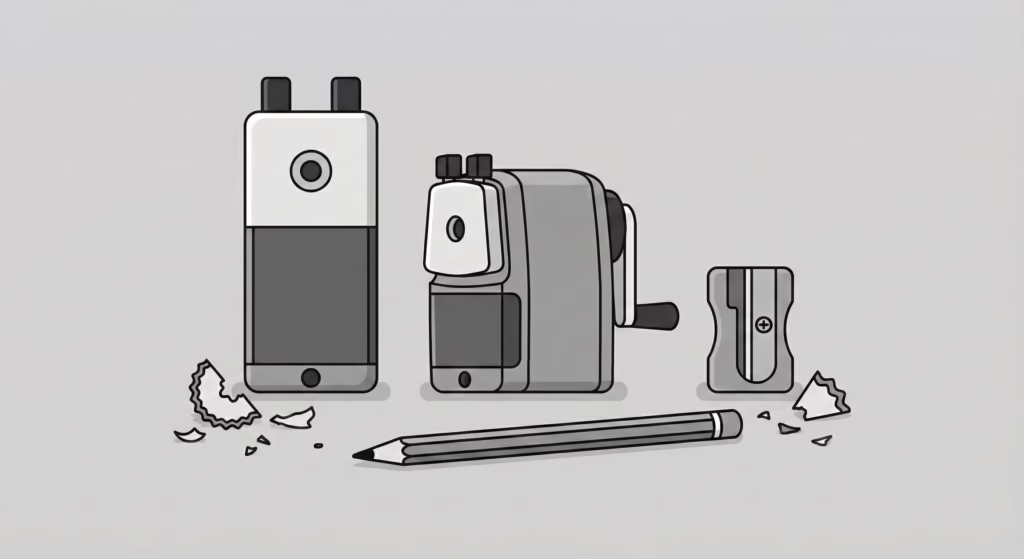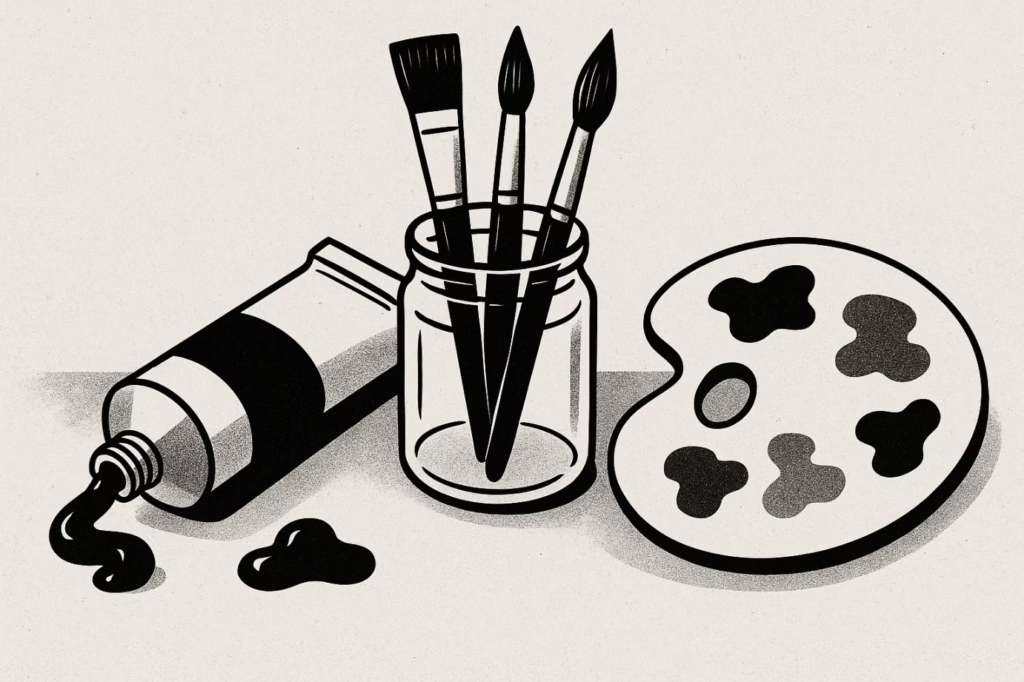The bidding war was intense. At Sotheby’s Contemporary Art Evening Sale in November 2023, a previously unknown digital surrealist piece by 28-year-old artist Luna Vachon sold for $1.2 million—nearly ten times its estimate. The auction house hadn’t seen excitement like this for surrealist work since a Dalí broke records in 1989.
This wasn’t an isolated incident. Surrealist artwork sales have surged 127% over the past 18 months, according to Artprice’s latest market report.

At Art Basel Miami Beach, the newly introduced “Surreal Futures” pavilion sold out completely within six hours of opening, with collectors scrambling for pieces that blend classical surrealist techniques with contemporary digital media.
After decades of playing second fiddle to pop art and minimalism, surrealism is experiencing its most significant revival since the 1920s. But this isn’t your grandfather’s melting clocks. Today’s surrealists are wielding NFTs instead of paintbrushes, exploring climate anxiety through impossible landscapes, and finding new audiences through TikTok’s algorithm-driven dreamscapes.
The Movement That Refused to Die
Surrealism officially launched in 1924 when André Breton published his first Surrealist Manifesto, declaring art should express the “actual functioning of thought” without rational control. The movement gave us icons like Salvador Dalí’s melting timepieces, René Magritte’s pipe paradoxes, and Max Ernst’s collaged nightmares.

By the 1960s, critics declared surrealism dead—too tied to Freudian psychology, too male-dominated, too European. Pop art and conceptual art took center stage, leaving surrealism as a historical footnote taught in art history classes.
But surrealism never truly disappeared. It evolved, fragmenting into subcurrents that influenced everything from advertising to film. Directors like David Lynch and Charlie Kaufman kept surrealist storytelling alive, while artists like Cindy Sherman and Jeff Koons incorporated surrealist strategies into their work without claiming the label.
What makes today’s revival different is its scale and accessibility. Where 20th-century surrealism was confined to elite galleries and private collections, contemporary surrealism thrives on social media platforms with billions of users.
The Numbers Don’t Lie: Surrealism’s Market Surge
The data tells a compelling story. According to Artprice’s 2024 Contemporary Art Market Report:

- Surrealist works (1920-1960) saw price increases of 89% in 2023
- Neo-surrealist pieces (2000-present) experienced 156% growth
- Surrealism-tagged Instagram posts increased from 2.1 million to 8.7 million between 2022-2024
- Major galleries now dedicate 23% more wall space to surrealist works compared to 2020
Christie’s specialist Emma Baker notes a significant demographic shift: “We’re seeing collectors aged 25-40 driving demand. They grew up with Photoshop and TikTok filters—surreal imagery feels native to them.”
The investment potential hasn’t gone unnoticed. Masterworks, the art investment platform, reports surrealist pieces in their portfolio have outperformed their contemporary art index by 34% over three years. Traditional blue-chip surrealists like Dalí and Magritte continue appreciating, but the real action is in contemporary interpretations.
Gallery representation has exploded. David Zwirner, Gagosian, and Pace now each represent multiple artists working in surrealist modes. Regional galleries are following suit—Los Angeles alone has seen a 200% increase in surrealism-focused exhibitions since 2022.
Digital Dreams: How Technology Transformed Surrealism
Perhaps nowhere is surrealism’s evolution more apparent than in its embrace of digital technology. NFT marketplaces like SuperRare and Foundation have become new galleries for digital surrealists, with some pieces selling for six figures.
Take Mario Klingemann, whose AI-generated surrealist portraits have earned him the moniker “pioneer of neural art.” His algorithm-created faces, impossible yet eerily familiar, sold for $432,500 at Sotheby’s in 2021. “The machine dreams in ways humans never could,” Klingemann explains. “It’s pure surrealism—accessing the unconscious through code instead of automatic drawing.”
Instagram has become surrealism’s most powerful distribution channel. Artists like @sixnfive and @extraway have built followings of over 500,000 by posting daily surreal imagery. Their aesthetic—CGI-rendered impossible spaces, floating objects, and gravity-defying compositions—has influenced everything from Nike advertisements to Netflix title sequences.
Augmented reality is pushing boundaries further. Artist Carla Gannis creates AR experiences where viewers’ phones reveal hidden surreal elements in everyday spaces. Her 2023 piece “Invisible Anxiety” overlays floating eyes and melting buildings onto Times Square, visible only through her app.

Virtual galleries have democratized access to surrealist art. Platforms like Kunstmatrix and VR Chat host immersive exhibitions where visitors can walk through impossible architecture—a fitting medium for art that defies logic.
The New Surrealists: 8 Artists Redefining Reality
1. Refik Anadol (b. 1985, Istanbul/Los Angeles)

Style: AI-generated data paintings and immersive installations that visualize memory, neuroscience, and machine perception
Notable Work: “Machine Hallucinations” series—AI trained on millions of images to generate dreamlike digital environments
Market Position: Blue-chip digital artist, works range from $50,000 to $500,000+, represented by bitforms gallery (NYC) and exhibited at MoMA and Art Basel
Why He Matters: Anadol redefines surrealism by turning datasets—ranging from space telescope imagery to brainwaves—into immersive, hallucinatory landscapes, merging art, AI, and consciousness.
2. Korakrit Arunanondchai (b. 1986, Bangkok/New York)
Source: STIR / YouTube
Style: Video installations with mythological dream logic and performance-based storytelling
Notable Work: “Songs for the Flat World” trilogy
Market Position: Museum-collected artist, works priced between $80,000 and $200,000
Why He Matters: Introduces Southeast Asian folklore into global surrealism, creating deeply spiritual and chaotic multimedia worlds
3. Sondra Perry (b. 1986, New Jersey)

Style: Avatars, video, and VR confronting racialized digital identity
Notable Work: “Typhoon” avatar series in Second Life
Market Position: Blue-chip representation, work ranges from $25,000 to $100,000
Why She Matters: Uses digital surrealism to challenge systemic racism and visual culture in virtual realms
4. Ian Cheng (b. 1984, Los Angeles)
Source : Metis Suns / YouTube
Style: Generative simulations and virtual ecosystems that evolve in real time
Notable Work: “Life After BOB” — AI-driven digital narrative
Market Position: Collected by major museums, works priced $30,000 to $150,000
Why He Matters: Builds surreal, living worlds where AI acts as storyteller and creator, reshaping narrative art
5. Stephanie Dinkins (b. 1964, New York)

Style: AI installations exploring Black identity and intergenerational memory
Notable Work: “Conversations with Bina48” — AI dialogues with a Black social robot
Market Position: Institutional backing, works priced $20,000 to $75,000
Why She Matters: Brings surrealist intimacy to AI, turning machine conversations into reflections of race, family, and the future
6. Lu Yang (b. 1984, Shanghai)
Source: LuYang / Vimeo
Style: Multimedia, VR, and performance with posthuman, gender-fluid bodies
Notable Work: “The Great Adventure of Material World” VR series
Market Position: Shown in global biennials, works sell for $40,000 to $120,000
Why They Matter: Fuses Buddhism, sci-fi, and cybernetics in surreal visions of reincarnation, identity, and technology
7. Memo Akten (b. 1975, Istanbul/London)
Source: Memo Akten / YouTube
Style: Machine learning artworks revealing algorithmic perceptions
Notable Work: “Learning to See” — AI’s imagined views of the world
Market Position: Cross-disciplinary acclaim, prices range from $25,000 to $80,000
Why He Matters: Explores the surreal in human-machine interaction, making neural networks dream aloud through art
8. Stephanie Sarley (b. 1981, New Orleans)
Style: Feminist surrealism through fruit, performance, and sensuality
Notable Work: Viral fruit videos turned into sculpture and mixed media
Market Position: Internet-born artist, works from $5,000 to $25,000
Why She Matters: Disrupts traditional surrealism by blending bodily humor and pleasure in accessible, meme-driven form
Why Surrealism Speaks to Our Moment
The timing of surrealism’s revival isn’t coincidental. We’re living through an era that feels inherently surreal—where reality itself has become unstable and dream-like.
The COVID-19 pandemic shattered our collective sense of normalcy. Suddenly, empty streets looked like Dalí paintings, and everyday activities became impossible. Video calls created new forms of presence and absence that Magritte would have envied. Art critic Jerry Saltz noted: “The whole world went surreal in 2020. Artists didn’t have to create the impossible—they just had to document it.”
Climate change presents another surreal reality. Rising seas, burning forests, and extreme weather events feel like environmental nightmares made manifest. Artists like Olafur Eliasson and Maya Lin create surreal installations that make climate data emotionally tangible—ice sculptures melting in galleries, impossible landscapes built from recycled plastic.

Political surrealism has reached new heights. Social media algorithms create filter bubbles that feel like parallel realities. Deepfakes make the impossible seem real. Contemporary surrealists like Zach Lieberman and Rafael Lozano-Hemmer create works that expose these digital manipulations, making the invisible visible through surreal revelation.
Gen Z’s relationship with reality is fundamentally different from previous generations. They’ve grown up with Instagram filters, Photoshop tutorials, and reality TV. For them, the boundary between authentic and artificial was never solid. Surrealism doesn’t shock them—it reflects their native digital experience.
The Collector’s Guide: Investing in Contemporary Surrealism
For collectors looking to enter this growing market, understanding price tiers and authentication becomes crucial.
Entry Level ($500-$5,000)
Digital prints, photography, and small-scale works by emerging artists offer accessible entry points. Look for artists with strong social media presence and gallery representation. Platforms like Saatchi Art and Artsy regularly feature surrealist works in this range.
Mid-Tier ($5,000-$50,000)
Original works by established contemporary surrealists or significant digital pieces. Authentication becomes crucial at this level—ensure proper provenance documentation and artist studio verification. NFT works require additional technical verification of blockchain ownership.
Blue-Chip ($50,000+)
Works by museum-collected artists or historically significant pieces. At this level, work with established galleries and auction houses. Consider insurance and proper storage—many contemporary surrealist works involve digital components requiring specific preservation methods.
Authentication Tips:
- Verify artist signatures and edition sizes
- For digital works, confirm blockchain authenticity
- Research exhibition history and critical reception
- Consider long-term preservation requirements for mixed-media pieces
The Future of Surreal
Looking ahead, several trends will likely shape surrealism’s continued evolution. Virtual reality will enable fully immersive surreal experiences, while artificial intelligence will generate increasingly sophisticated dream imagery. Climate change will provide new impossible realities to document and interpret.
The metaverse promises to be surrealism’s natural habitat—spaces where physics don’t apply and imagination reigns supreme. Early metaverse platforms like Horizon Worlds already feature surrealist architecture and impossible landscapes.
Most importantly, surrealism’s democratization through social media ensures the movement won’t return to elite exclusivity. TikTok’s algorithm-driven content feels inherently surreal, introducing millions to dream logic daily. The next generation of surrealists is already creating, sharing impossible visions with global audiences.
For collectors, artists, and art lovers, surrealism’s revival represents more than market opportunity—it’s a chance to engage with art that makes sense of our increasingly senseless world. In an era where reality feels negotiable, surrealism isn’t just having a moment. It’s having its moment.




